Bell AH-1G Cobra
Attack helicopter
 |
|
| A Bell AH-1G in flight | |
| Role | Attack helicopter |
|---|---|
| National origin | United States |
| Manufacturer | Bell Helicopter |
| First flight | 7 September 1965 |
| Introduction | 1967 |
| Retired | 2001 (US Army) |
| Status | In service |
| Primary users | United States Army (historical) Japan Ground Self-Defense Force Republic of Korea Army Royal Jordanian Air Force |
| Produced | 1967–2019 |
| Number built | 1,116 |
| Developed from | Bell UH-1 Iroquois |
| Variants | Bell AH-1 SeaCobra/SuperCobra Bell 309 KingCobra |
.
History Bell Textron Inc.
Bell AH-1G Cobra HueyCobra or Snake attack helicopter
First flight 7 September 1965
Produced 1967–2019
Design

The Bell AH-1 Cobra is a dedicated attack helicopter, built to provide close air support and to escort friendly troop transports. The visual design of the Cobra was intentionally made to be sleek and be akin to that of a jet fighter. Aviation author Stanley McGowen observed that its appearance differed radically from any prior rotorcraft designed by Bell, possessing a relatively narrow fuselage and a then-unusual cockpit arrangement. This cockpit was covered by a large fighter-like canopy and its occupants protected by armor, such included tempered-steel seats and personal body armor. It was operated by both a pilot and gunner, who were seated in a stepped tandem arrangement in which the commander was placed in the rear seat while the gunner occupied the forward position. This forward position provided a higher level of visibility to that of the rear seat. Both positions were provided with flying controls while both crew would typically be certified pilots, enabling control of the Cobra to be exchanged quickly through the course of the mission
Operational history
For AH-1J, AH-1T, AH-1W, AH-1Z and other twin-engine variants, see Bell AH-1 SuperCobra.
United States
By June 1967, the first AH-1G HueyCobras had been delivered. Originally designated as UH-1H, the "A" for attack designation was soon adopted and when the improved UH-1D became the UH-1H, the HueyCobra became the AH-1G. The AH-1 was initially considered a variant of the H-1 line, resulting in the G series letter.0
KmCeiling
0
KmMAX RANGE
0
Km/HAircraft Speed
0
Max Crew
Photo Gallery
Bell AH-1Z Viper HueyCobra or Snake.


Bell Textron Inc.
Bell AH-1G Cobra HueyCobra or Snake
General Info
- Crew: 2: one pilot, one co-pilot/gunner
- Length: 53 ft (16 m) including rotors
- Fuselage length: 44 ft 5 in (13.5 m)
- Width: 10 ft 4 in (3.15 m) stub wings
- Height: 13 ft 6 in (4.11 m)
- Empty weight: (2,635 kg)
- Max takeoff weight: (4,309 kg)
-
-
Powerplant
- Powerplant: 1 × Lycoming T53-L-13 turboshaft, 1,100 hp (820 kW)
- Main rotor diameter: (13.4 m)
- Main rotor area: 1,520 sq ft (141 m2)
- Blade section: NACA 0009.3 mod
Specifications
- Maximum speed: (171 mph, 276 km/h)
- Never exceed speed: (350 km/h)
- Range: 310 nmi (360 mi, 570 km)
- Service ceiling:(3,500 m)
- Rate of climb: 1,230 ft/min (6.2 m/s)
-
-
Armament
- 2 × 7.62 mm (0.308 in) multi-barrel Miniguns, or 2 × M129 40 mm grenade launchers, or one of each, in the M28 turret. (When one of each was mounted, the minigun was mounted on the right side of the turret, due to feed requirements.)
- 2.75 in (70 mm) rockets – 7 rockets mounted in the M158 launcher or 19 rockets in the M200 launcher
-
-
Links to Youtube & Others
Closely related to the development of the Bell AH-1 is the story of the Bell UH-1 Iroquois transport helicopter—an icon of the Vietnam War and one of the most numerous helicopter types built. The UH-1 made the theory of air cavalry practical, as the new tactics called for US forces to be highly mobile across a wide area. Unlike before.
Bell AH-1G Cobra
attack helicopter
Typically, the Cobra would avoid hovering at any point in an active engagement; instead, emphasis was placed on maintaining speed and mobility.
Youtube Link
The Bell 209 design was modified in several respects for production. The retractable skids were replaced by simpler fixed skids; this was not due to any recorded design flaw or serviceability

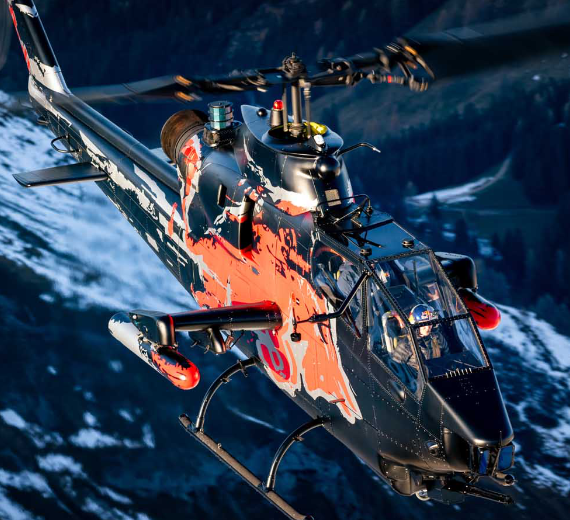


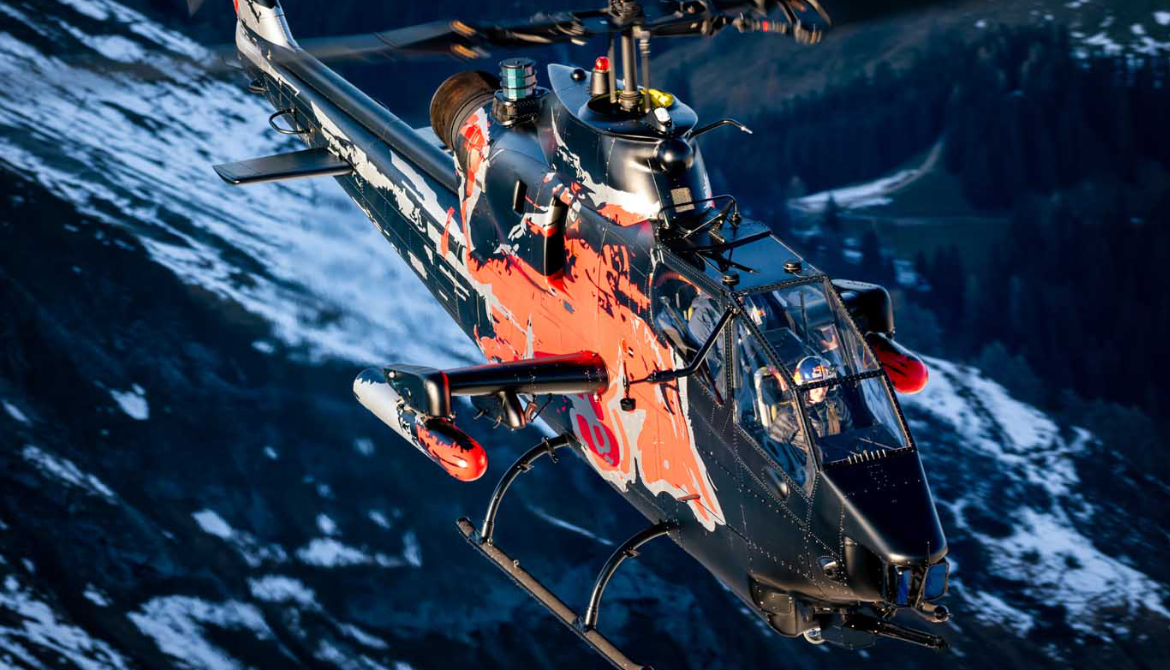
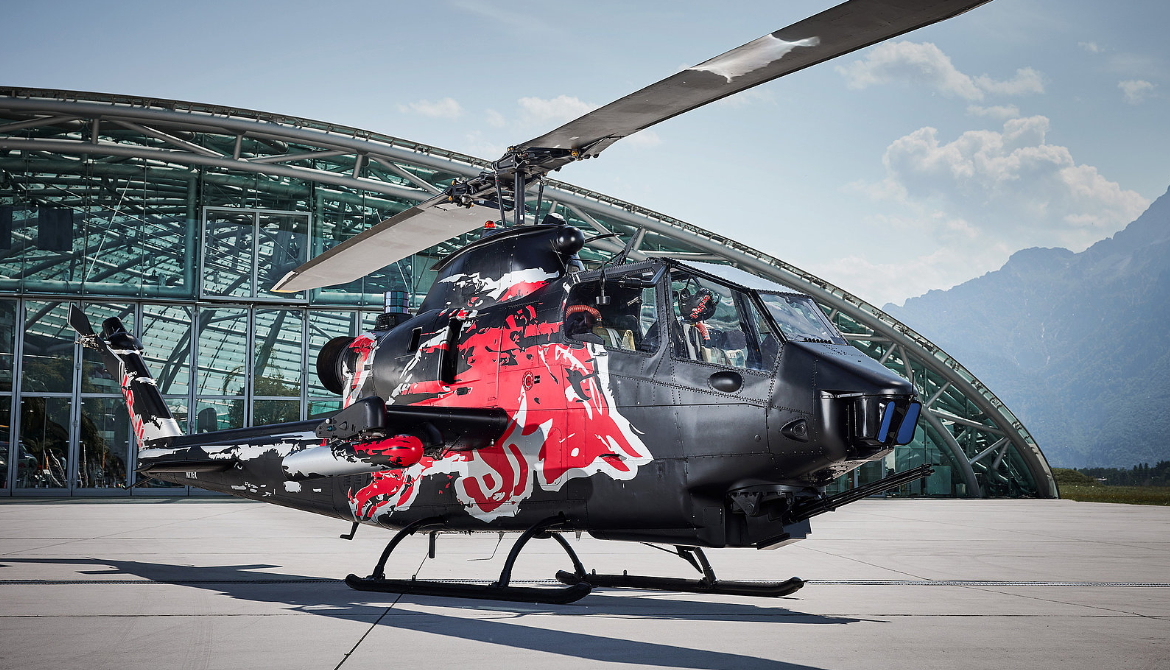
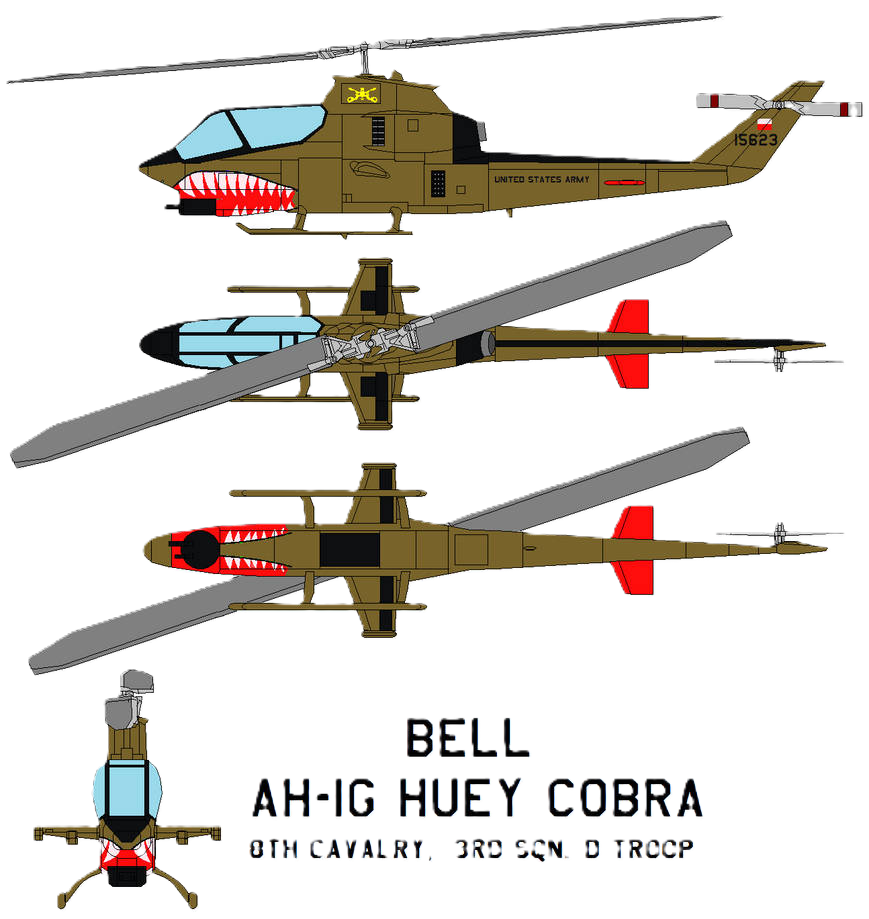

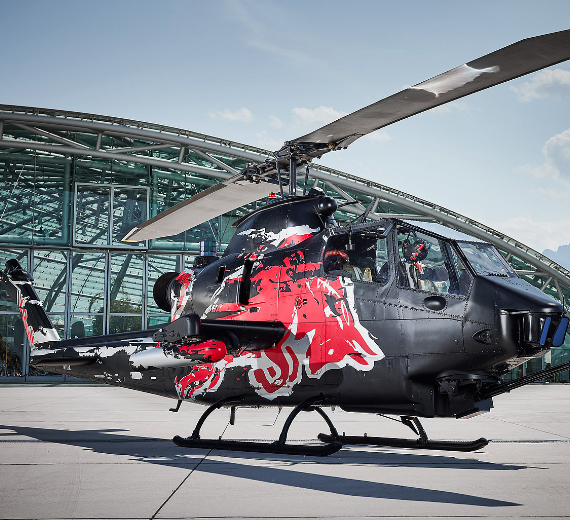
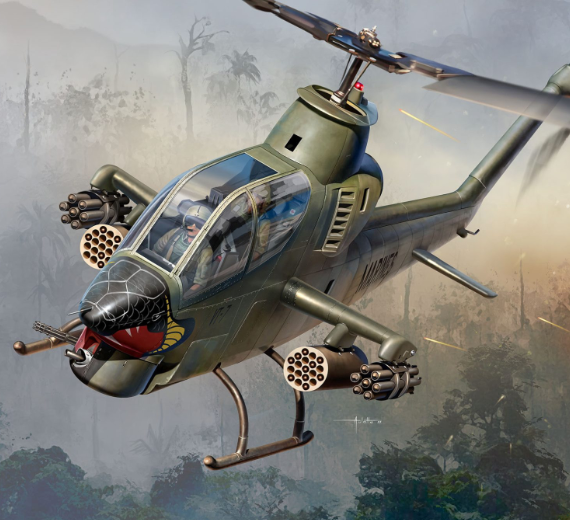


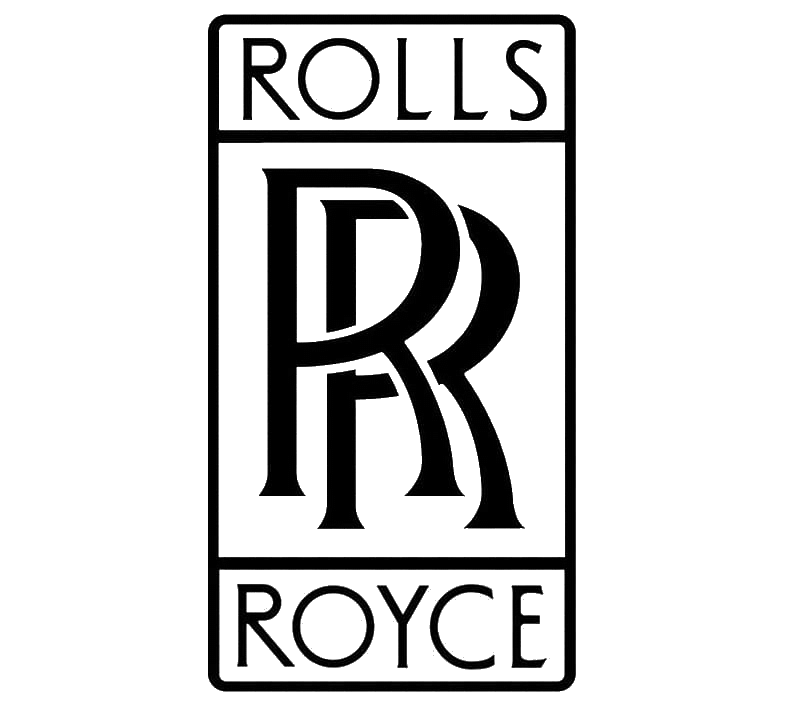


.svg.png)